By Sean Fagan
.
.
GETTING TO KNOW THE PINES, SPRUCES, FIRS & LARCHES
.
.
Nature's Supermarket...
.
Most people don't go to the supermarket to randomly buy any old thing.
From a bushcraft perspective the natural environment is like a supermarket (albeit a very big one!).
As a bushcrafter you are always striving to select natural resources to suit your needs based on what is locally available.
This is especially true of trees - a basic and varied bushcraft resource.
When it comes to selecting the right resource for the job, positive identification is the first step - and when it comes to coniferous trees the key identification features of the needle-like leaves are very helpful in narrowing down identification (often to species level).
Whether you are selecting spruce roots for cordage, pine needles for a vitamin C-rich tea, using balsam fir resin for fire-starting or requiring the tough wood of larch for robust, bushcraft projects – knowing the different conifer tree species will give you a significant edge when living among conifer trees.
Firs, larches, pines and spruces are among the most common, widespread and important of the coniferous tree species throughout the Taiga or Northern Woods - where conifer trees are dominant.
Learning how to identify these trees will provide a great entry point to the often confusing similarity among the different conifer tree species.
.
The Taiga
.
Definition of Taiga - "A forest located in the Earth's far northern regions, consisting mainly of cone-bearing evergreens, such as firs, pines, and spruces, and some deciduous trees, such as larches, birches, and aspens" (Reference Link).
.
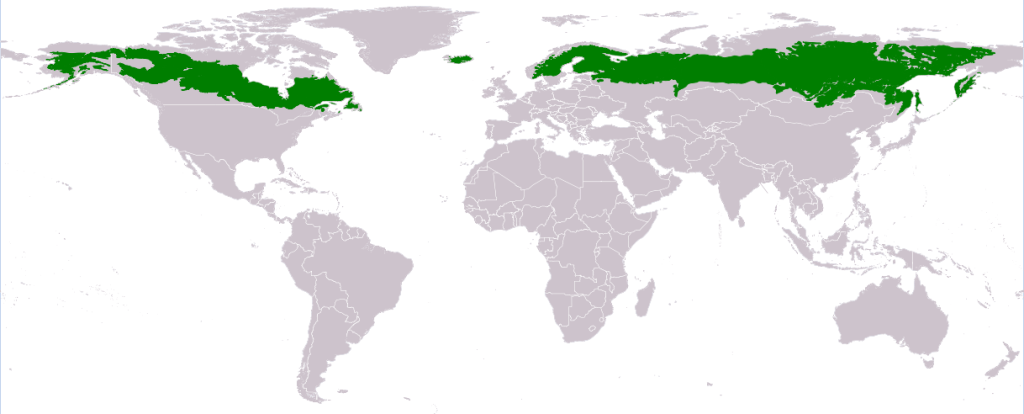
Global distribution of the Northern woods (Taiga). This map is out of date but reasonably accurate - Iceland, for example has almost no conifer forest left (Photo: Wikimedia images).
.
From outer space, the Taiga (otherwise known as the Boreal or Northern Woods) appears as a vast, diffuse green band circumnavigating the northern hemisphere.
Here, is the domain of the coniferous tree forests - an immense, dense, dimly-lit and on first appearances, foreboding forest.
.
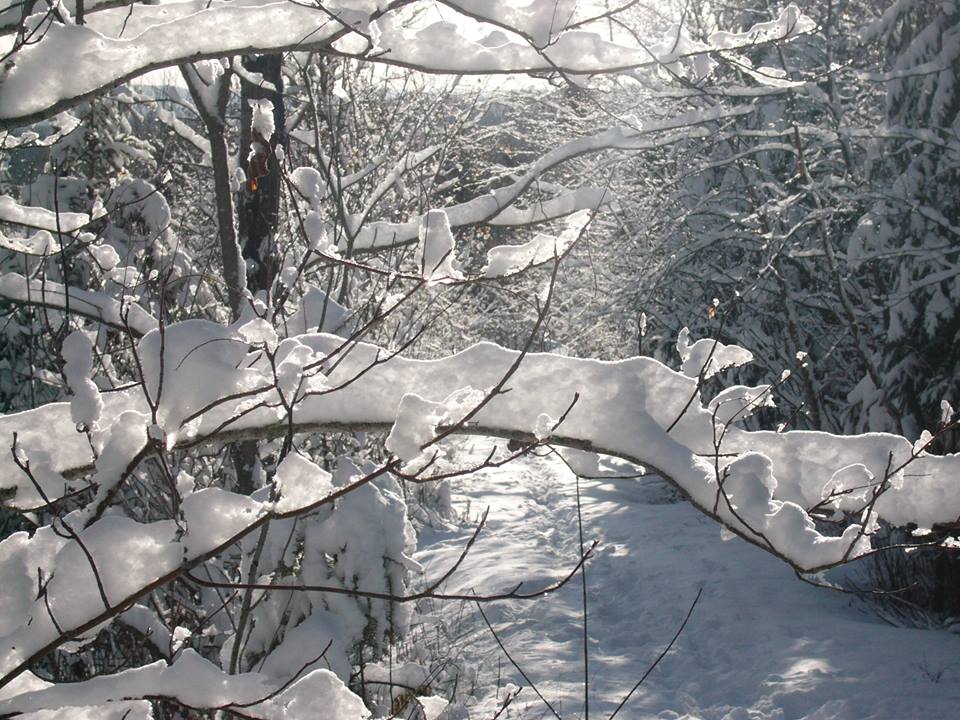
On first impressions the Northern Woods can seem foreboding! With enough time & exposure these wild lands can reveal their immense allure (Photo: Cian Fagan - Ontario, Canada).
.
Within these great tracts of forest are quite a few conifer tree species.
All these tree species belong to various conifer tree genus or family - with each genus/family possessing it's own particular slew of key, identification features.
Throughout great tracts of the Taiga - the pines, spruces, larches and to a lesser extent, firs, are often among the most dominant tree species present.
For example, much of the Taiga of North America consist of spruces, whereas much of the Scandinavian Taiga consists of spruce, pine and birch, while much of the Russian Taiga consists of spruces, pine and larches.
Although firs are not listed above, they are a widespread and important conifer tree genus partly because of the exceptional medicinal and flammable properties of its resin. A tree well worth getting to know.
This article is not an attempt to bypass other key coniferous tree features such as the habitat preference, bark, cones, twigs and profiles that are specific to each conifer tree species.
Nevertheless, learning the key needle-leaf features of conifer trees can fast-track your ID skills - especially since conifer trees retain their leaves all year round (unlike deciduous trees).
1. PINE (Genus: Pinus)
Needles in bunches of 2, 3, or 5 needles with brown, papery sheath at base of needles.
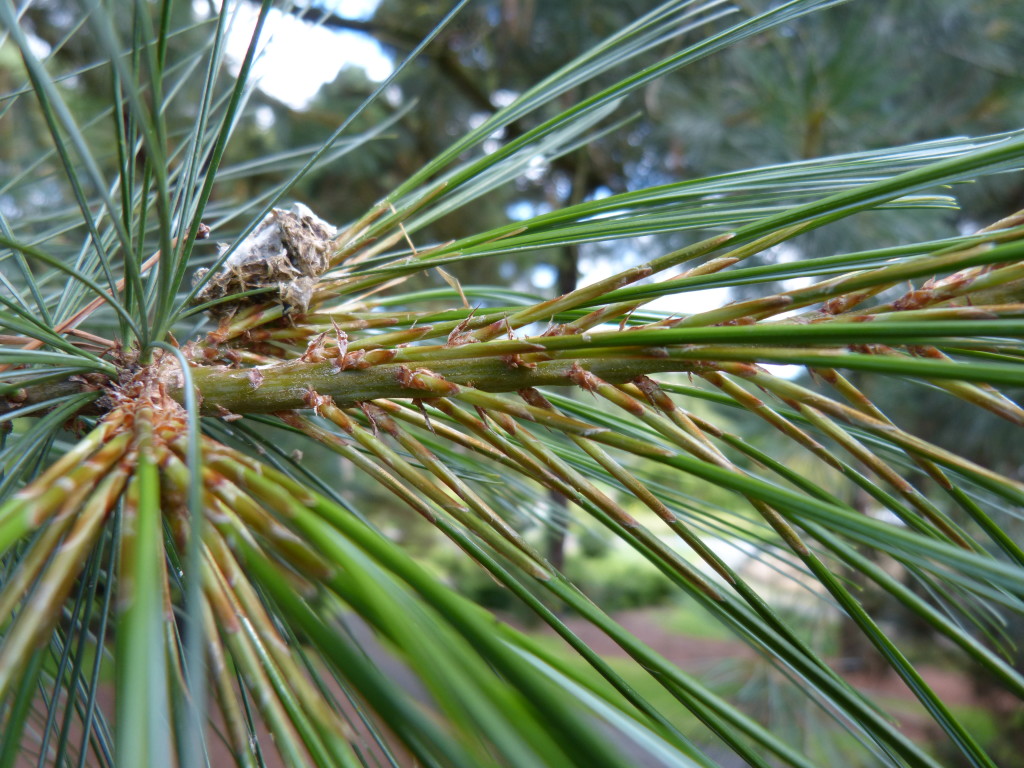
A brown, papery sheath at the base of the needles along with needles in bundles of 2,3 or 5 are the two key, foliage characteristics of the approx. 126 Pinus species (Photo: Sean Fagan).
.
*The size of the brown, papery sheet at the base of the needles varies according to pine species. Some are short, some are longer, some are broad, some are narrow.
What’s key is the combination of the brown, papery base and bunches of 2, 3 or 5 needles.
.
2. SPRUCE (Genus: Picea)
Prickly, single, stiff needles borne on short, brown pegs.
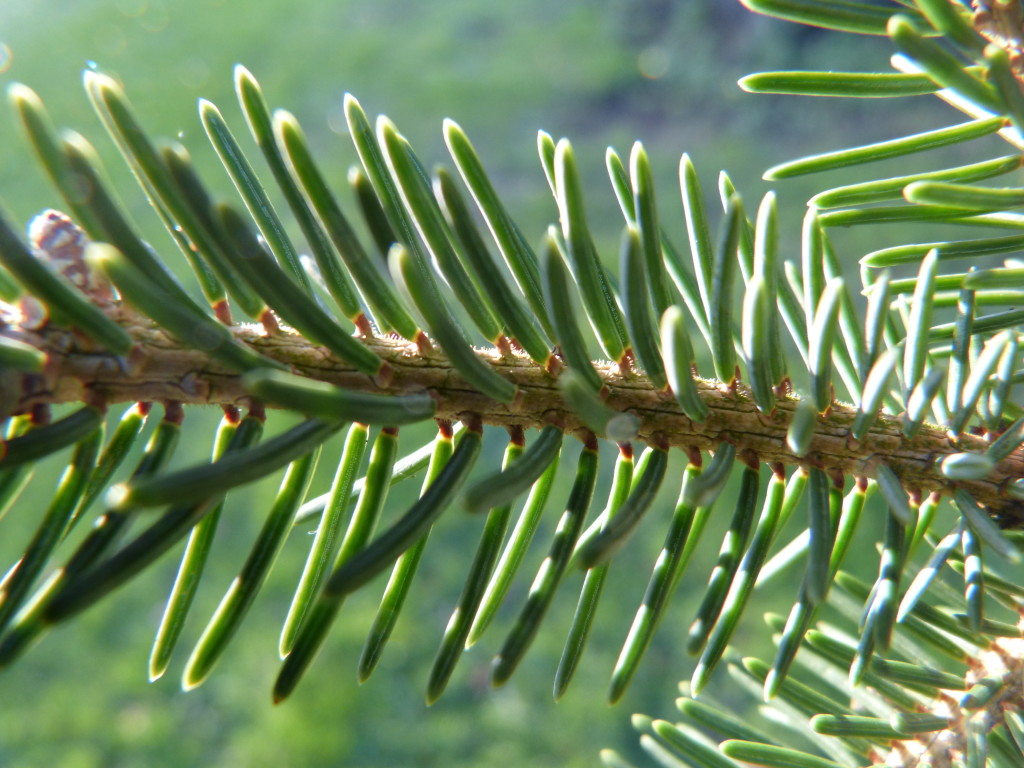
The defining feature of spruce needles is the woody pegs at the base of the needles - this is a consistent feature of all the 36 spruce tree species (Photo: Sean Fagan).
.
*There is a notable absence of a notch at the end of spruce needles. Also, spruce needles feel stiff and prickly.
For those of you that love the northern woods – spruce is an important tree species.
Occurring across vast swathes of Russia, Scandinavia and North America the spruce is also a relatively common, forestry tree of temperate regions of western Europe, so chances are you will come across spruce.
All the more reason to get to know this important, versatile tree.
.
3. FIR (Genus: Abies)
Single, slightly notched needles with green, cup-like attachment to twig. Leaves are also waxy with two white, prominent white lines on underside (stomata). 48-56 species.
.
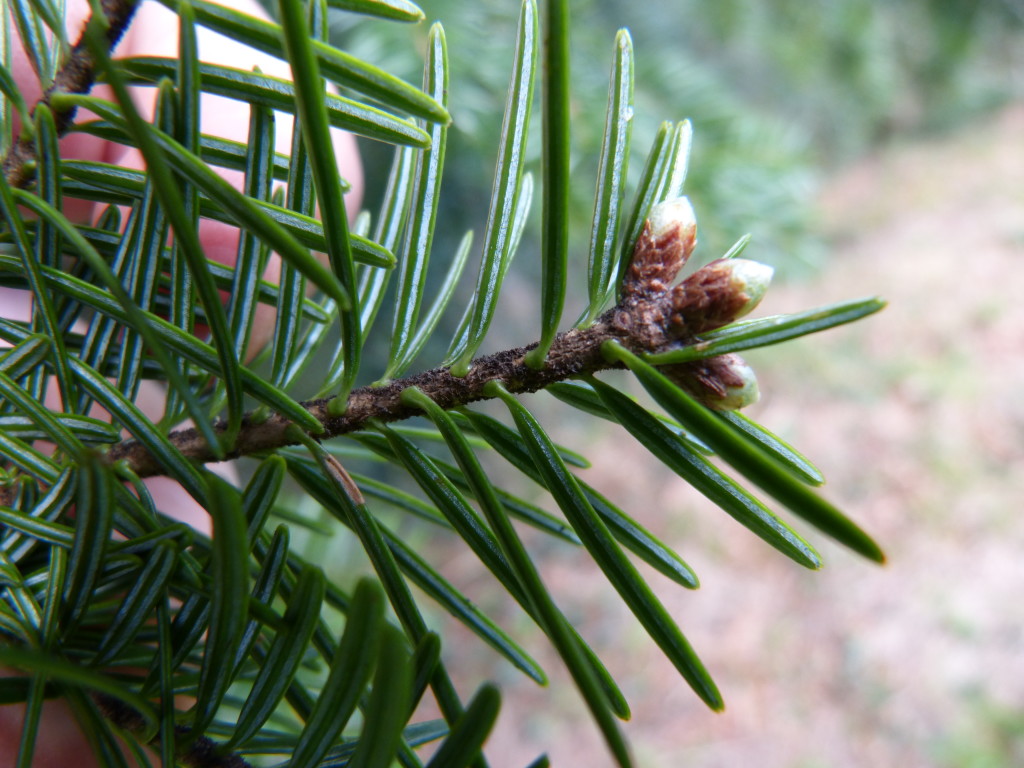
Fir needles. Note disc-like attachment of needles to twig. The two, pale white, stomata stripes on underside of each needle is key. Finally, the tip of fir needles are often slightly notched. (Photo: Sean Fagan).
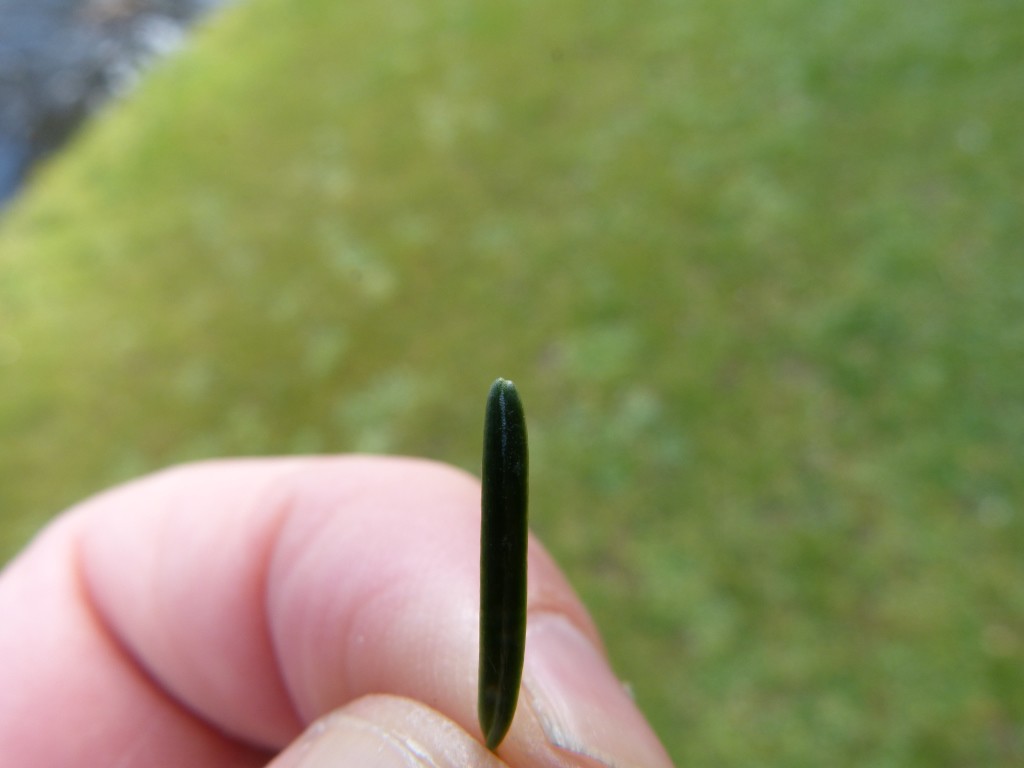
When identifying fir needles - make sure to give the needles a close inspection - for the small but characteristic notch that is typical of fir needles (Photo: Sean Fagan).
.
The notch at the end of fir needles can be very slight, so make sure to give the needles a close look. The combination of the flat, cup-like base of the needles and the two, strikingly bright, white stomata lines is usually enough to confirm identification.
.
8. LARCH (Genus: Larix)
Whorls of soft needles. Larches are deciduous: the only conifer tree genus that shed leaves in autumn, re-grow leaves the following spring while remaining leaf-less throughout winter.
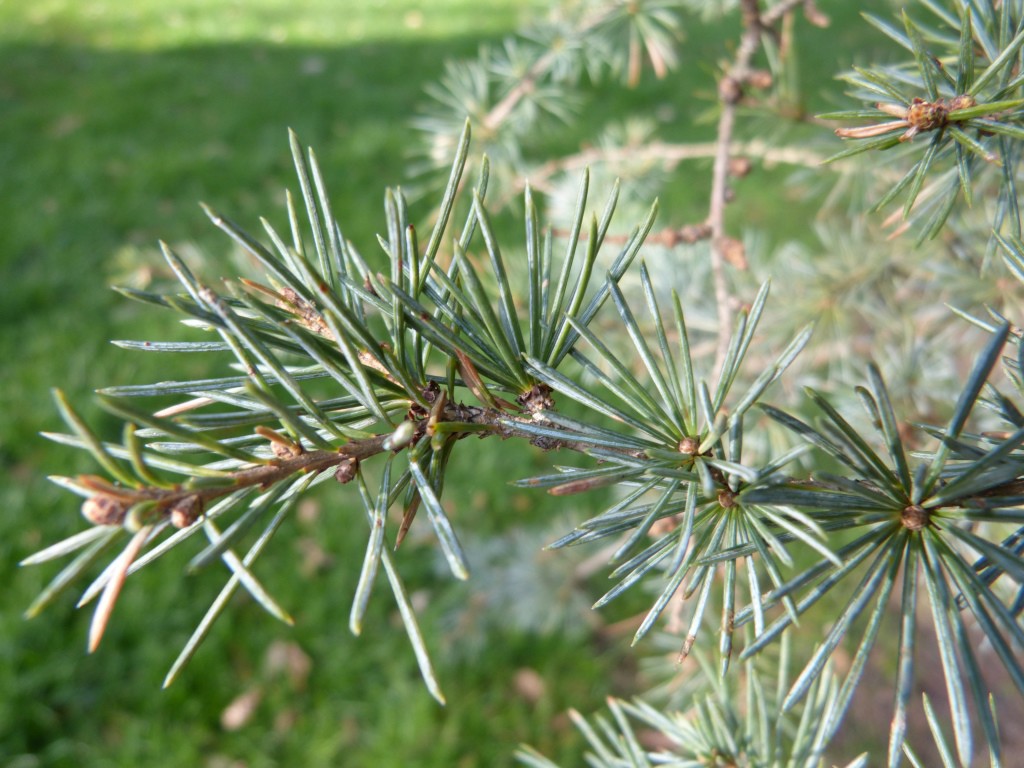
All the 11 species of larch have the distinctive, whorled arrangement of needles - with the needles erupting along single points along the twig. Larch needles are also soft to the touch (Photo: Sean Fagan).
.
Larch is an enigma of the coniferous tree world as they are not evergreen like other conifer species because they shed and regrow their foliage each year.
There are three distinct colour phases of larch needle – in autumn (just before its needles fall off) the foliage is a simmering yellow. When the new foliage starts to emerge in Spring, the needles are a fresh, vibrant-green colour - darkening to a duller green during summer.
A unusual tree to state the least.
.
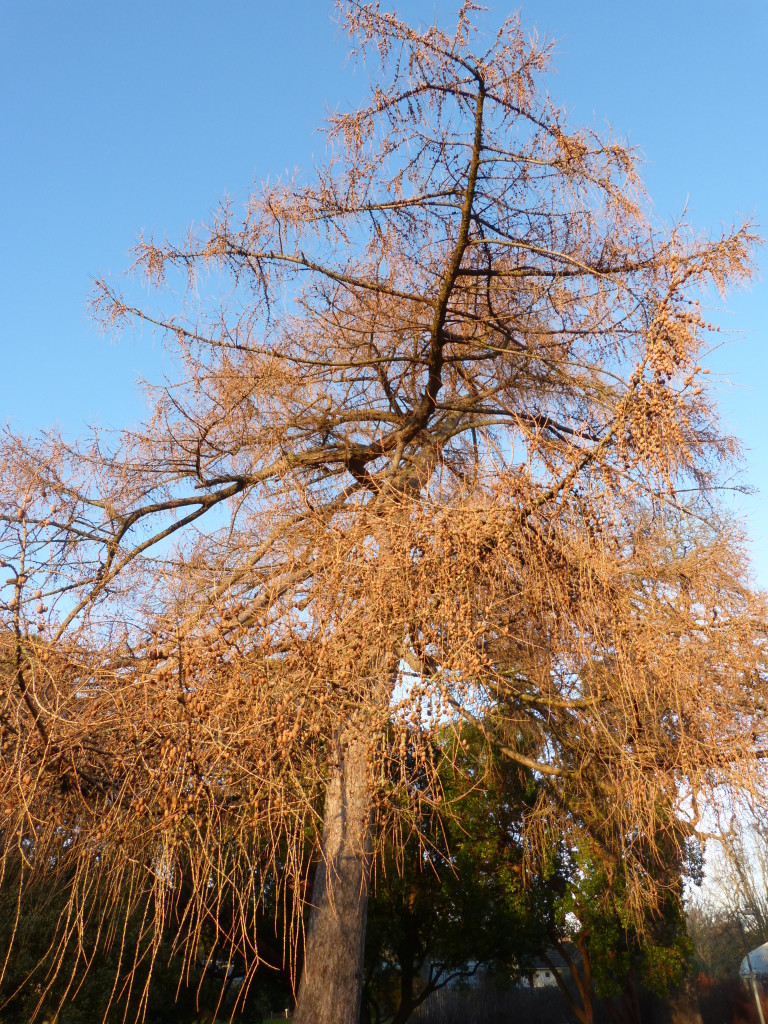
Like true deciduous trees, the foliage of larch undergo seasonal colour changes. In autumn, larch foliage turns from green to a dull yellow (Photo: Sean Fagan).
.
.
Related articles on this website: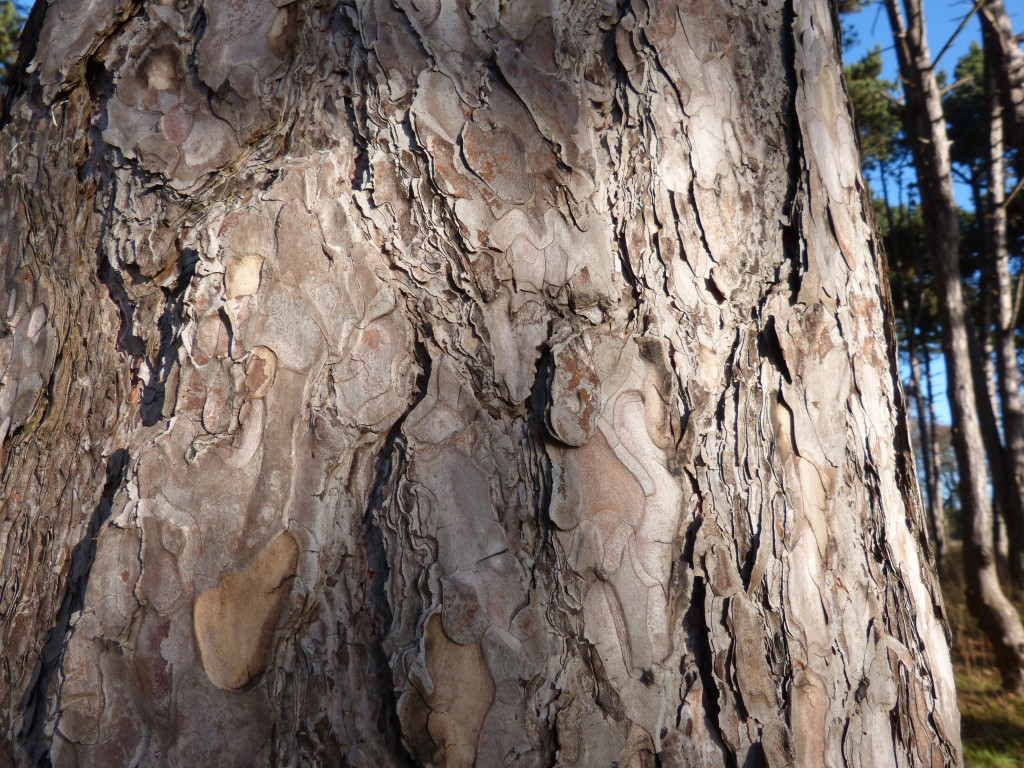

Recent Comments